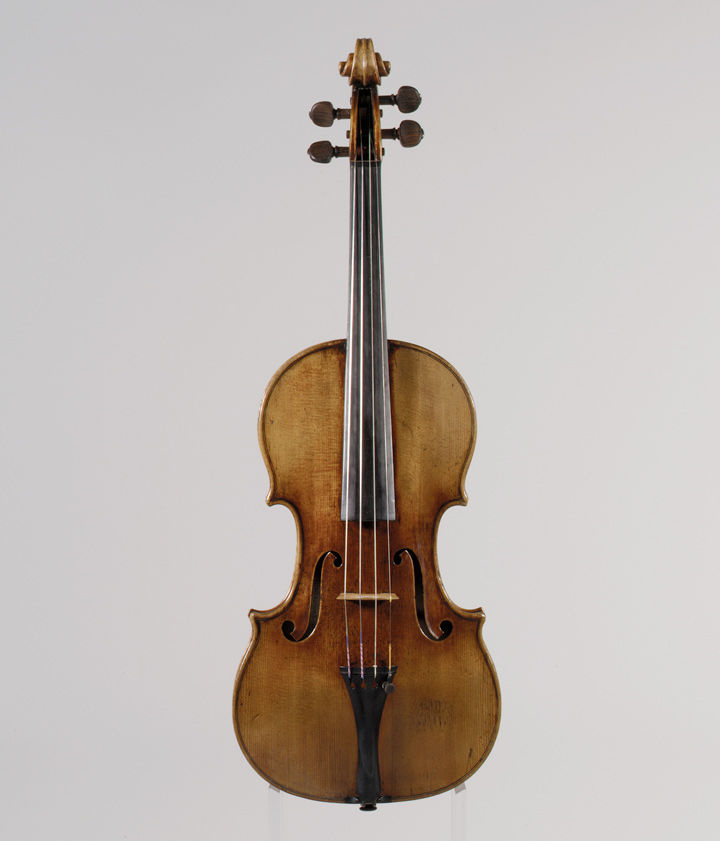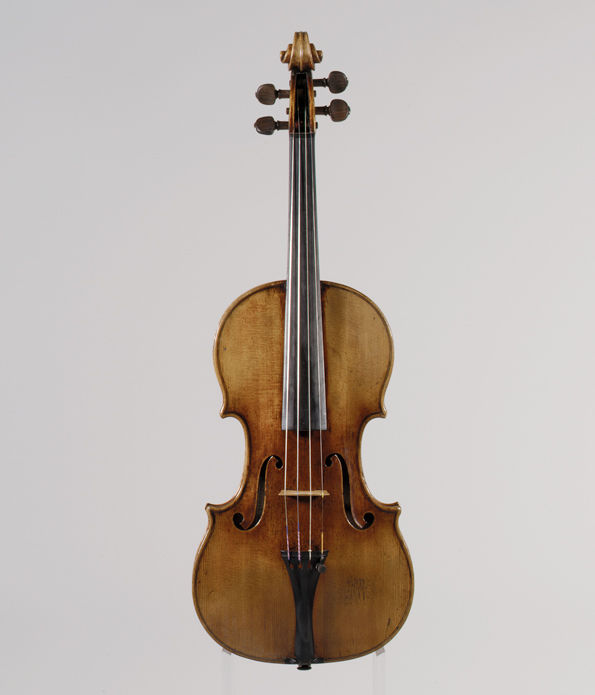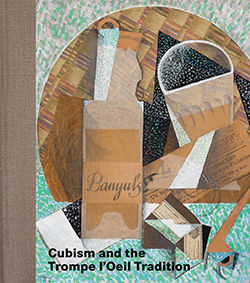"Antonius" Violin
Antonio Stradivari Italian
Antonio Stradivari has long been thought to have been an apprentice of Nicolò Amati, but census documents do not list Stradivari as a garzone (shopboy) in the Amati household. Stradivari's early instruments do show the stylistic influence of the Amati, but as Girolamo II and Nicolò were the principal makers in Cremona during Stradivari's formative years, it would be natural for Stradivari to have been influenced by their work. Antonio Stradivari worked with two of his sons, Francesco (1671-1743) and Omobono (1679-1742), and today over 600 instruments survive from this prodigious workshop. Stradivari experimented with the shape and arching of the violin and made instruments according to many dimensions and proportions during his long career. Stradivari employed flatter arching than his predecessors, and this contributed to the production of a more powerful tone. During the period from about 1700 to 1720, Stradivari produced many of his finest violins and this is known as his "Golden Period."
#Allegro ma non troppo from String Quartet No. 10 in E-flat Major, Op. 51 by Antonín Dvořák performed by the American String Quartet: Peter Winograd ("Antonius" violin 34.86.1), Laurie Carney ("Francesca" violin 34.86.2), Daniel Avshalomov, viola, and Wolfram Koessel (cello 1984.114.1) May 17, 2012 for the American Musical Instrument Society
-
Allegro ma non troppo from String Quartet No. 10 in E-flat Major, Op. 51 by Antonín Dvořák performed by the American String Quartet: Peter Winograd ("Antonius" violin 34.86.1), Laurie Carney ("Francesca" violin 34.86.2), Daniel Avshalomov, viola, and Wolfram Koessel (cello 1984.114.1) May 17, 2012 for the American Musical Instrument Society
-
Caprice no. 2 - Moderator by Nicolo Paganini, from 24 Caprices, Op. 1, performed by Colin Jacobsen, recorded by Zac James Nicholson, 2021
Playlist
Due to rights restrictions, this image cannot be enlarged, viewed at full screen, or downloaded.
This artwork is meant to be viewed from right to left. Scroll left to view more.







